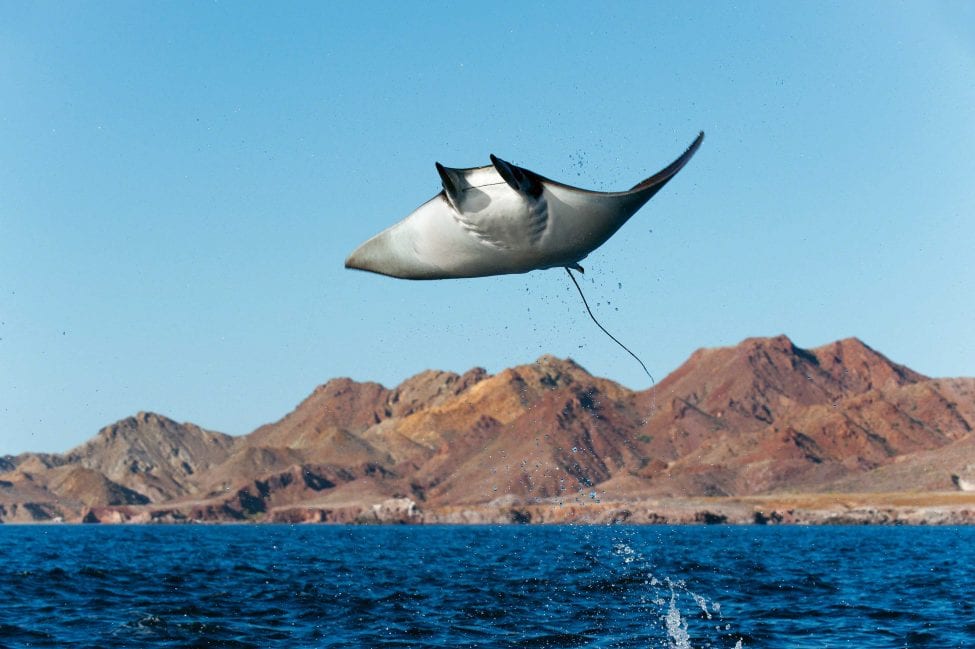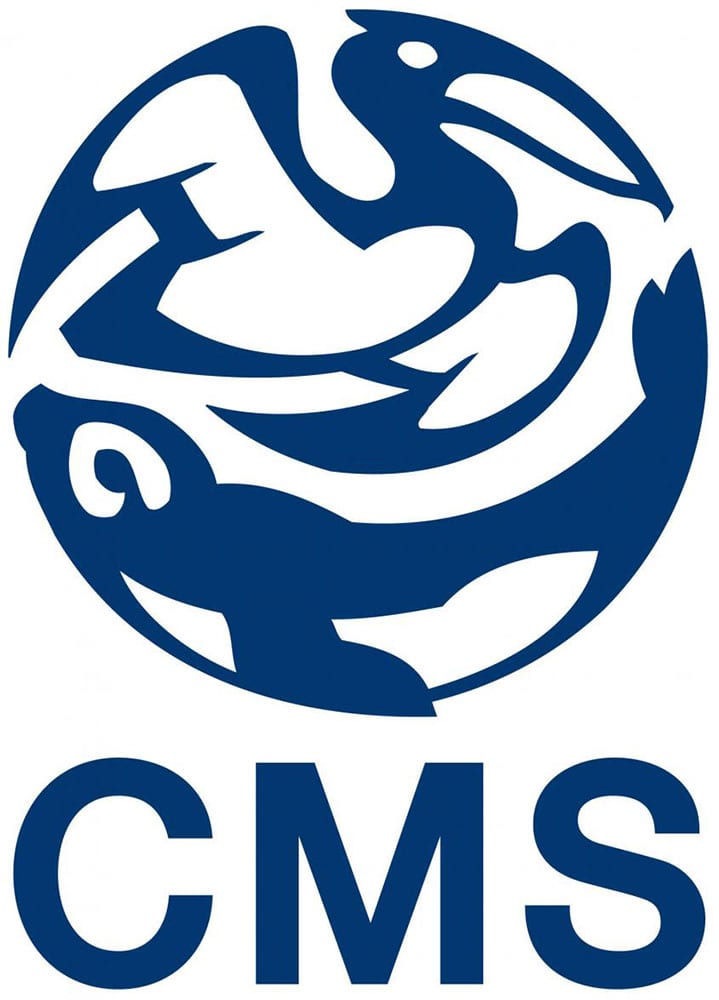Actions speak louder than words
Recent years have seen successes in casting the spotlight on mobulids and a strengthening of will to protect these graceful but endangered marine species. And while huge effort was made to get them included on CITES and CMS listings, that’s only half the job done. The real test – to implement the conditions of those listings – is just beginning.
I have always loved the French philosopher Jean-Paul Sartre’s quote that ‘commitment is an act, not a word’. If there is no follow-up on goals or action plans, if there is no commitment once the dust of excitement has settled, nothing will change. Last month, while I was taking part in a CITES implementation and capacity-building workshop in Sri Lanka, Sartre’s quote popped into my mind. An unlikely place for philosophical thought I hear you say, but it was apt for the moment. Here I was in a room full of people truly committed to making a change.
I listened to government representatives speaking out boldly for conservation, showing their commitment to finding solutions that include working together with other nations in the region. I saw colleagues from a range of NGOs and other organisations who for many years have been committed to making a positive change for sharks and rays. And I was aware of my own contribution, of being part of this journey with the Manta Trust to drive forward the effective implementation of legislation over the past four years. I felt very honoured to be part of this initiative of ‘words turning into actions’.
In 2013, the giant manta ray Mobula birostris and reef manta ray M. alfredi were listed on the Convention on International Trade in Endangered Species of Wild Fauna and Flora (CITES) Appendix II. A few years later, in 2016, all devil ray species Mobula spp. were given the same international protection. This means that any international trade in mobulid products may occur only if the take is carefully regulated and monitored and is not detrimental to the species concerned.
All mobulid rays are also listed on the Convention for the Conservation of Migratory Animals (CMS) Appendices I and II. This means that CMS Parties are obliged to protect mobulids within their waters by prohibiting their capture; by conserving and, where appropriate, restoring their habitats; by preventing, removing or mitigating obstacles to their migration; and by controlling other factors that might endanger them. It took hard work to achieve the listing of these species in the first place, but that was only the beginning. It has become obvious that implementing the conditions linked to the listings requires further effort and dedication.
Thankfully, some governments in particular have taken bold steps to support the effective implementation of legislation. In March 2018, Sri Lanka hosted the second regional CITES implementation and capacity-building workshop to help the region’s customs, fisheries and environmental officers to enforce international trade regulations on CITES-listed sharks and rays. Representatives from seven South Asian countries attended the workshop, where they were able to share and learn best practices while developing the skills they need to enforce shark and ray trade regulations. Participants were trained to identify shark fins and mobulid gill plates and were provided with resource materials, including quick-reference posters with visual tips for identification, by the Manta Trust, the Blue Resources Trust, the PEW Charitable Trusts and Florida International University’s Tropical Conservation Institute.
The Manta Trust
Having started out in the Maldives, the Manta Trust is now active in about 16 countries worldwide promoting the conservation of manta and devil rays and their habitat through research, awareness and education. Three of its current major operations are the Global Mobulid ID Project, which aims to provide a taxonomic, morphological and genetic identification guide to manta and devil rays; the collection of data about ray landings in India, which will inform conservation management in that country; and the Indonesian Manta Project, which works to promote an appreciation of manta and devil rays among local people.



